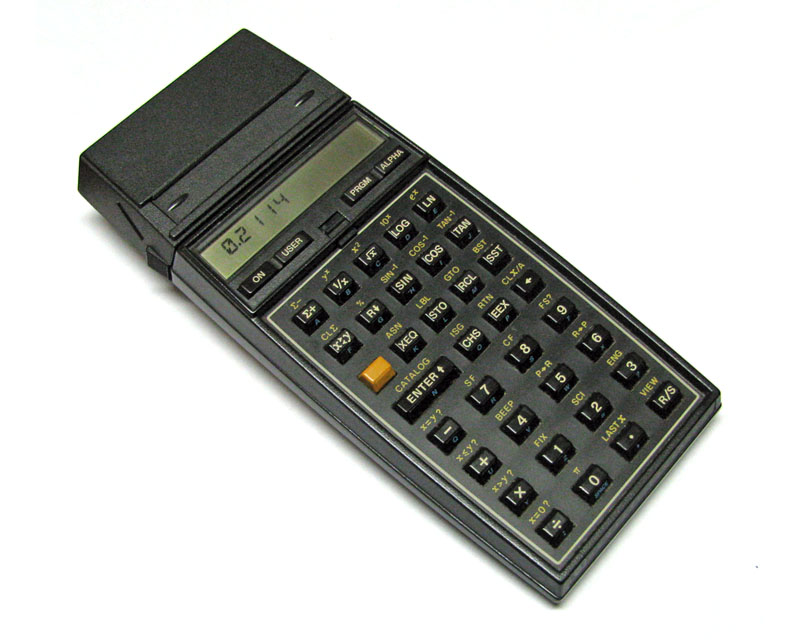
Hewlett-Packard founders Bill Hewlett and David Packard are two of my heroes. Their company was literally started in a garage and became one of the first big success stories of Silicon Valley. Steve Jobs also admired them and had a summer job at HP when he was a kid.
So I was very excited when Hewlett-Packard asked me to apply for a job at their calculator division in Corvallis, Oregon. Scientific and financial calculators were relatively new at the time (1980) and HP calculators were arguably the best. I had been studying both electrical and mechanical engineering but decided to focus on mechanical at the time, so they wanted me to be designing buttons and switches and so forth.
As a GM Scholar, General Motors had paid for my last two years at Cornell and gave me interesting summer jobs where I had invented a new type of engine control that could dramatically improve fuel economy. GM gave me a $300,000 budget and flew me back and forth to Michigan every week to build a prototype of the invention during my senior year of college. So I already had some fame at GM and a great job offer to design future production engines, work on racing engines and serve as a liaison to outside inventors. Designing plastic calculator buttons just didn’t seem as exciting. Still, it was the legendary Hewlett-Packard, so I flew to Oregon for the interview.
Every member of the HP engineering department gave me a short quiz, an engineering problem to solve. At the end of the day, I was apologizing to the head of the department for taking longer than I normally would have to answer some of the questions due to the pressure of having people watching as I worked out the solutions. I was also trying to explain that I wanted to be doing higher level system architecture work, not just designing tiny elements of the calculators. He laughed and told me that they were all amazed because I was the first one to ever answer all of their questions correctly. Nevertheless, their policy was to rotate new engineers through all the lower level design positions to gain more experience before getting a chance to move up.
Then he presented one last quiz question. Their high-end calculators allowed programs and data to be stored on magnetic strips. He described the motor and gear train that pulled the strips through the reader, along with their rotational inertias, gear ratios, torque specs and so forth. My job was to determine how quickly the drive wheels got up to the right speed to read the cards.
I stared at him for a minute before he asked why I was hesitating. “Do you not understand the problem?” I responded that what I didn’t understand was why they would do it that way. If they used a stereo tape head they could record two tracks, one for data and the other for a reference timing track. Then the user could just pull the cards through at whatever speed. That would eliminate the motor, capstan and all the gears. It would simplify manufacturing, improve battery life significantly, and reduce cost, size, and weight.
He stood up and gave me a shocked look. “We just thought of that two weeks ago, and it will probably be in our next line of calculators. Maybe you could be a systems architect for us after all!”

